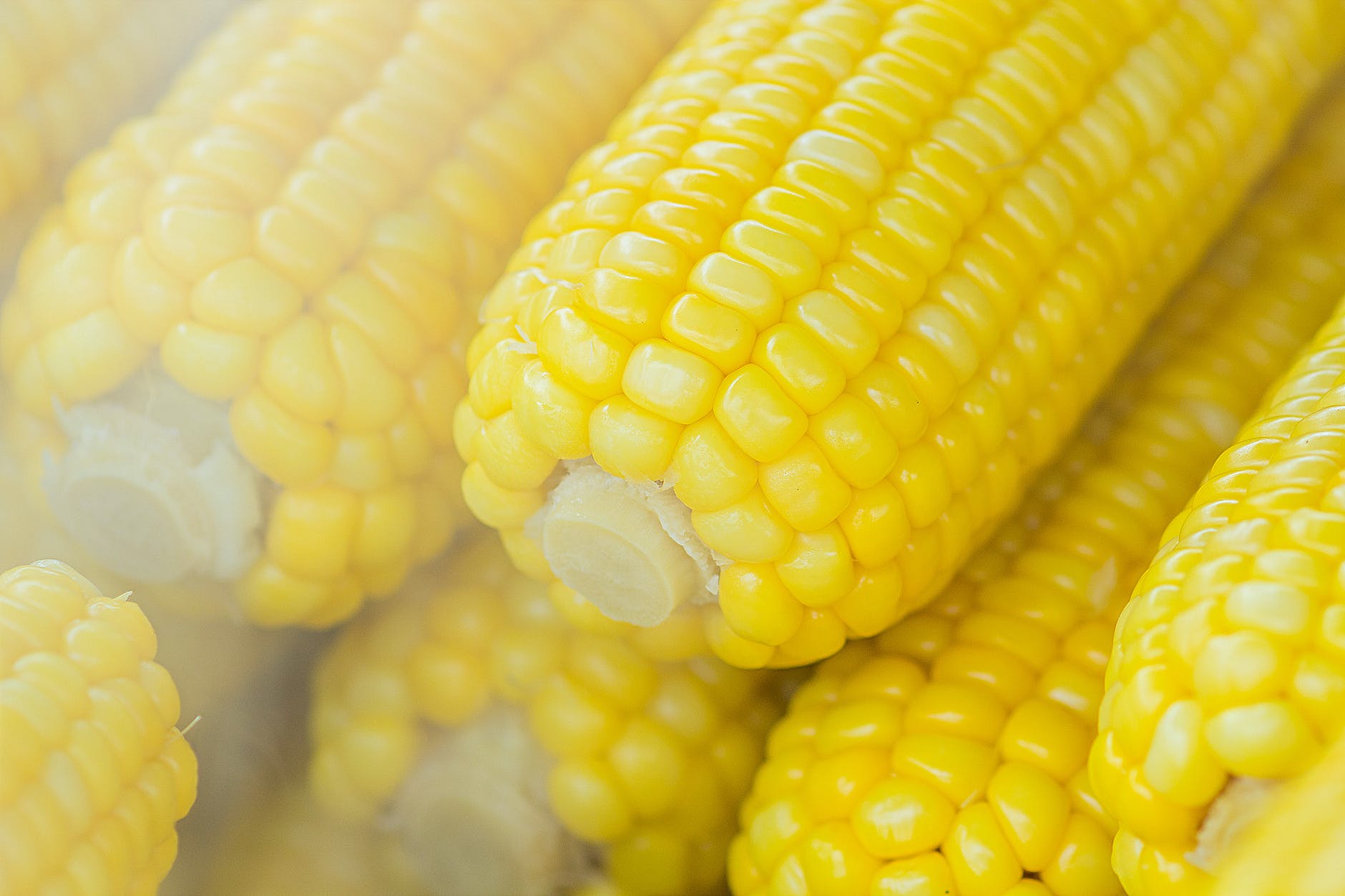
When it comes to weight loss and maintaining a healthy diet, it’s essential to consider nutrient-rich foods that can support your goals. Corn, a versatile and widely consumed grain, has garnered attention for its potential benefits in weight loss journeys. In this blog post, we will delve into the nutritional value of corn and explore its potential role in aiding weight loss efforts. Let’s take a closer look at why corn has become a popular choice among health-conscious individuals! 🌽🥗
1. Corn for Weight Loss: 🌽🌽🌽
One of the most searched queries is “corn for weight loss,” indicating the curiosity surrounding this grain’s potential benefits. While corn alone may not be a magical solution for shedding pounds, it can certainly be a valuable addition to a balanced diet.
- Low in Fat, High in Fiber: Corn is low in fat and provides a good amount of dietary fiber, which aids in digestion and promotes a feeling of fullness, potentially curbing overeating.
- Complex Carbohydrates for Sustained Energy: It is also a source of complex carbohydrates, offering sustained energy levels and reducing cravings for unhealthy snacks.
- Packed with Essential Vitamins and Minerals: Furthermore, corn contains essential vitamins and minerals, such as vitamin C, folate, and magnesium, which contribute to overall well-being during weight loss.
2. Nutritional Value of Corn: 🌽🌽🌽
Understanding the nutritional value of corn is crucial in evaluating its potential benefits for weight loss. Let’s explore the key nutrients found in this golden grain:
- Fiber: Corn is rich in dietary fiber, which supports digestive health and can aid in weight management by promoting feelings of satiety.
- Vitamins: It contains vitamins like vitamin C, which boosts the immune system, and folate, essential for cell growth and development.
- Minerals: Corn provides valuable minerals such as magnesium, necessary for energy production, and phosphorus, crucial for bone health.
- Antioxidants: Corn is a good source of antioxidants like lutein and zeaxanthin, which are beneficial for eye health.
- Protein: While corn is not as protein-rich as legumes or animal products, it does contain some protein, an essential macronutrient for building and repairing tissues.
3. Incorporating Corn into a Weight Loss Diet: 🌽🌽🌽
To harness the potential benefits of corn for weight loss, consider these practical tips for incorporating it into your diet:
- Opt for Fresh Corn: Whenever possible, choose fresh corn kernels as they retain their natural flavors and nutrients, making them a healthier choice compared to processed corn products.
- Grilled or Boiled Corn: Enjoy corn prepared through grilling or boiling methods as they preserve the nutrients and flavors without adding unnecessary calories.
- Versatile Ingredient: Use corn as a versatile ingredient by adding it to salads, soups, or stir-fries for an extra burst of flavor and nutrition.
- Combine with Healthy Foods: Pair corn with lean proteins, leafy greens, and whole grains for a well-rounded and satisfying meal.
- Moderation is Key: While corn can be a healthy addition to your diet, it’s essential to maintain portion control and balance it with other nutrient-rich foods.
4. The Role of Corn in a Balanced Diet: 🌽🌽🌽
Corn can be a valuable component of a balanced diet, providing various essential nutrients. However, it’s important to remember that weight loss is a result of overall lifestyle choices and not solely dependent on a single food item.
- Focus on a Well-Rounded Diet: Incorporate a variety of fruits, vegetables, whole grains, lean proteins, and healthy fats to ensure you receive a wide array of nutrients.
- Practice Portion Control: While corn is nutritious, consuming it in excessive amounts can contribute to caloric surplus, hindering weight loss efforts.
- Be Mindful of Cooking Methods: Avoid adding excessive butter, oil, or high-calorie toppings when preparing corn-based dishes.
- Combine with Nutrient-Dense Foods: Create balanced meals by pairing corn with lean proteins, fiber-rich vegetables, and healthy fats for optimal nutrition and satiety.
Frequently Asked Questions (FAQ) – Can Corn Help with Weight Loss?
1. Is corn effective for weight loss? While corn can be a valuable addition to a weight loss diet, it’s important to remember that weight loss is a result of overall lifestyle choices. Corn is low in fat, high in fiber, and provides essential vitamins and minerals, which can support weight loss efforts by promoting feelings of fullness and aiding in digestion. However, it should be consumed as part of a balanced diet that includes a variety of nutrient-rich foods.
2. How should I incorporate corn into my weight loss diet? You can incorporate corn into your weight loss diet by opting for fresh corn whenever possible, enjoying grilled or boiled corn, and using it as a versatile ingredient in salads, soups, or stir-fries. Combine corn with lean proteins, leafy greens, and whole grains to create well-rounded and satisfying meals. Remember to practice portion control and balance corn with other nutrient-dense foods.
3. Can corn make you gain weight? When consumed in moderation and as part of a balanced diet, corn is unlikely to cause weight gain. However, it’s important to be mindful of portion sizes and avoid adding excessive high-calorie toppings or preparations that could contribute to caloric surplus. Incorporating corn as part of a healthy and balanced eating plan should not cause weight gain.
4. What are the nutritional benefits of corn? Corn is a nutritious grain that provides several key nutrients. It is rich in dietary fiber, vitamins (such as vitamin C and folate), minerals (including magnesium and phosphorus), antioxidants (such as lutein and zeaxanthin), and some protein. These nutrients support various aspects of health, including digestion, immunity, bone health, and eye health.
5. Can corn be part of a healthy diet besides weight loss? Absolutely! Corn can be part of a healthy diet beyond weight loss efforts. It offers a range of essential nutrients and can be enjoyed as part of a well-rounded eating plan. Incorporate corn into your meals to add flavor, fiber, and beneficial nutrients. Remember to combine it with other nutrient-dense foods for a balanced diet.
6. Are there any drawbacks to eating corn for weight loss? While corn itself is not associated with any significant drawbacks for weight loss, it’s important to consider the overall composition of your diet. If your corn consumption leads to an imbalance in your calorie intake or prevents you from including a variety of nutrient-rich foods, it may hinder your weight loss efforts. Focus on moderation, portion control, and balance when including corn in your weight loss plan.
7. Can corn be included in a low-carb or ketogenic diet for weight loss? Corn, being a starchy grain, contains carbohydrates and may not align with strict low-carb or ketogenic diets, which focus on limiting carbohydrate intake. However, moderate portions of corn can still be enjoyed as part of a well-planned, balanced, and moderately low-carb approach to weight loss. It’s important to consider individual dietary preferences and consult with a healthcare professional or registered dietitian when making specific diet choices.
8. Are there specific types of corn that are better for weight loss? In general, fresh corn kernels are a nutritious choice. However, different types of corn, such as sweet corn or popcorn, may have slight variations in taste, texture, and nutrient profiles. The key is to choose minimally processed forms of corn and prepare them in ways that retain their nutritional value. Ultimately, focusing on overall dietary patterns and variety is more important than specific corn varieties for weight loss.
9. Can I consume corn if I have dietary restrictions or sensitivities? If you have specific dietary restrictions or sensitivities, such as gluten intolerance or a corn allergy, it’s important to consult with a healthcare professional or registered dietitian to determine if and how corn can be safely incorporated into your diet. They can provide personalized guidance based on your individual needs and help you find suitable alternatives if necessary.
10. Is there a recommended serving size for corn in a weight-loss diet? The recommended serving size of corn may vary depending on individual factors, such as age, gender, activity level, and overall calorie needs. As a general guideline, a portion of corn is typically considered to be about ½ to 1 cup of cooked kernels. However, it’s important to adjust serving sizes based on your specific dietary requirements and consult with a healthcare professional or registered dietitian for personalized recommendations.
Conclusion: 🌽🌽🌽
In summary, corn can be a valuable addition to a weight loss diet due to its nutritional value and potential to promote feelings of fullness. Its rich fiber content, along with essential vitamins and minerals, make it a nutritious choice. Remember, weight loss is best achieved through a holistic approach that includes a balanced diet, regular exercise, and a healthy lifestyle. So, if you’re on a weight loss journey, consider incorporating corn into your meals and savor its many benefits while embracing a well-rounded approach to wellness. 🌽🥦🍅🥩🥗













